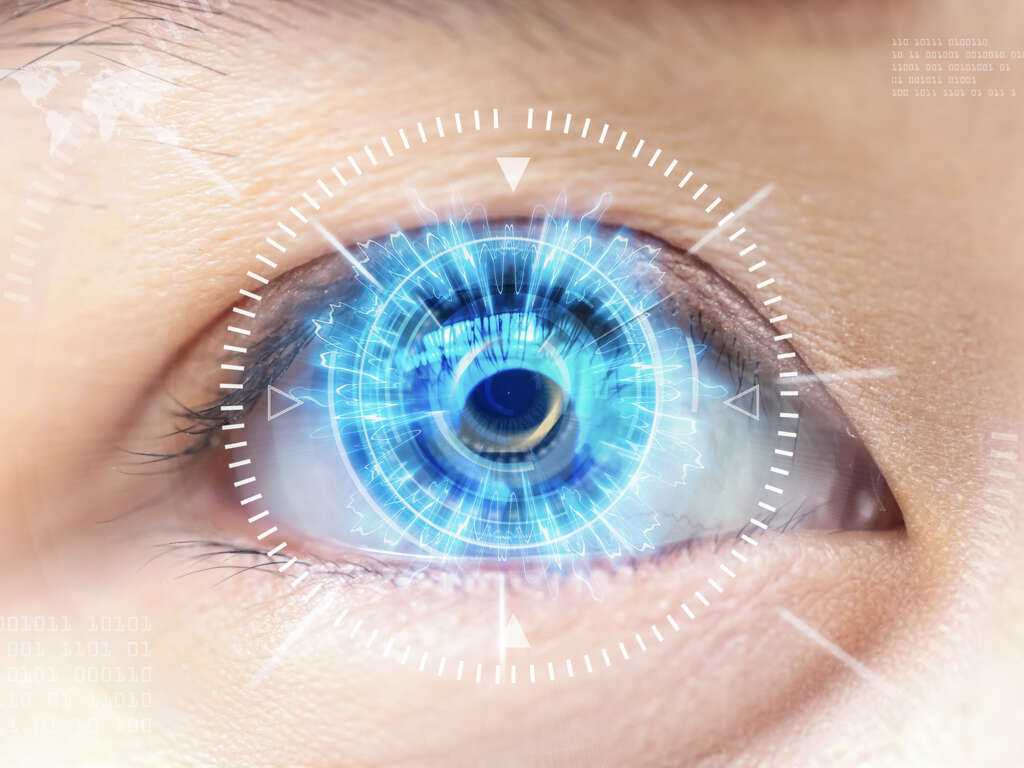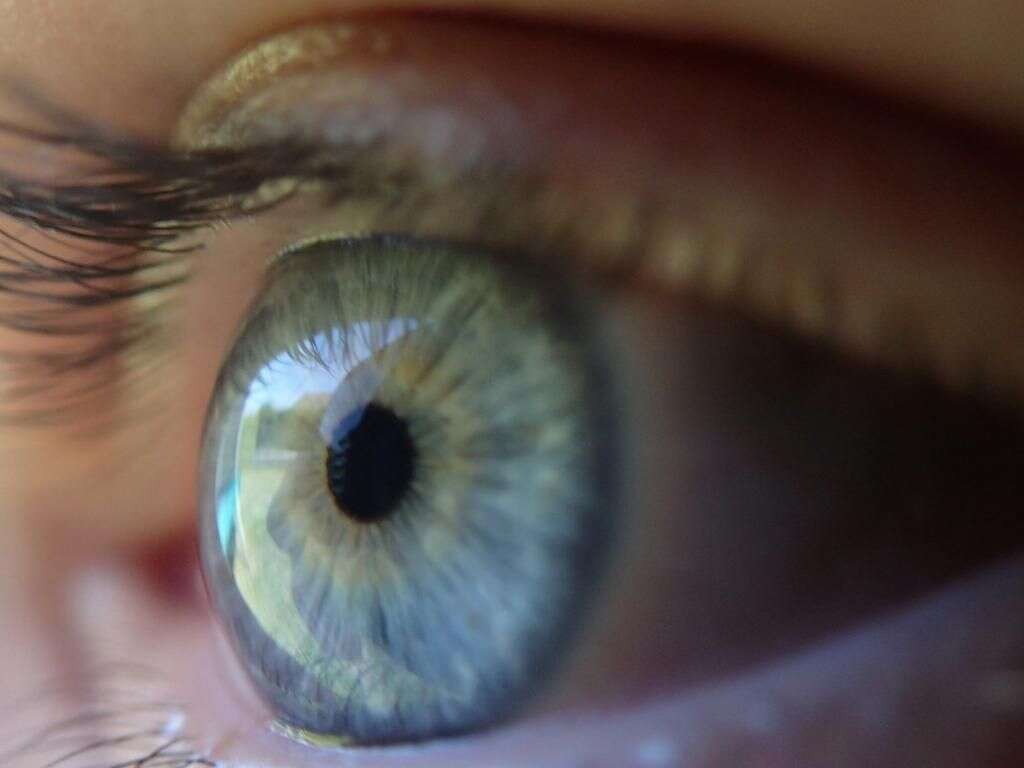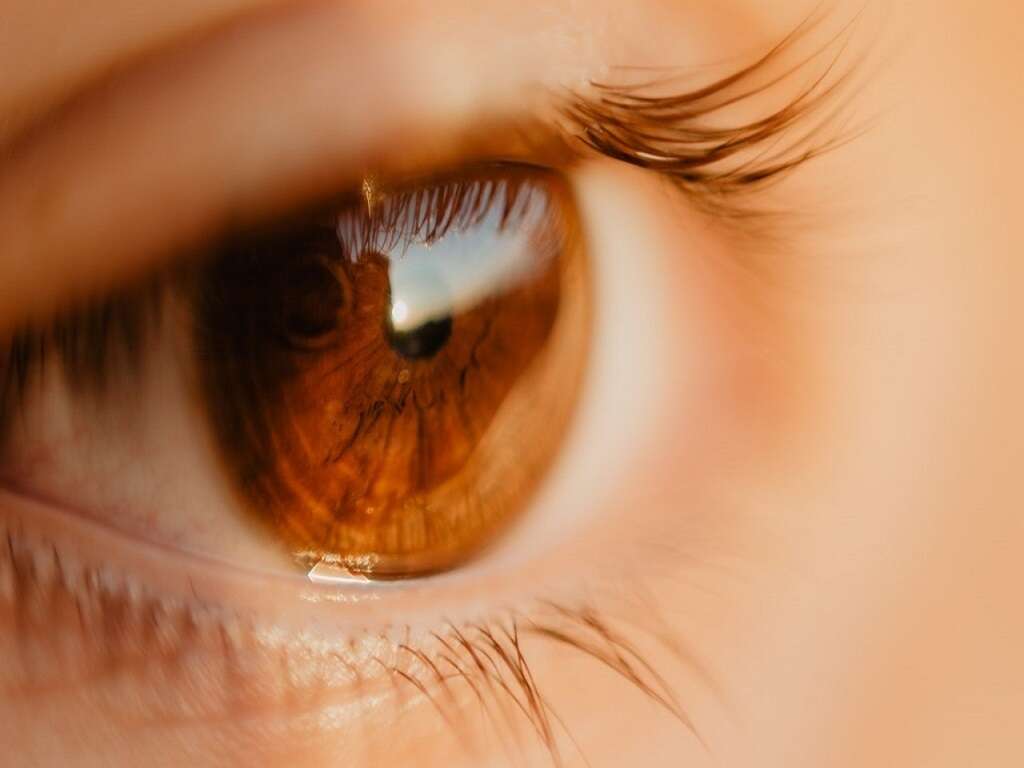What Are Cataracts?
Cataracts occur when there is clouding in the lens of the eye resulting in visual impairment. It is a condition that develops slowly and can affect one or both eyes. It contributes to an estimated 33% of global visual impairment and 50% of all cases of blindness.
Most cases of cataracts are due to aging. However, it may also occur because of exposure to radiation or trauma. Past eye surgery or certain health conditions (i.e. diabetes) are other causes of cataracts in adults. Additionally, some genetic conditions can increase the risk of cataracts and they may be present since birth. Finally, the mechanism behind the formation of cataracts is complex and multifactorial. If you would like to know more about cataracts, continue reading our article.
1. Epidemiology/Statistics
It is estimated that 51% (20 million) of world blindness is due to age-related cataracts. Worldwide, it causes moderate to severe disability, especially in countries with low and middle income. This is thought to be due to the inadequacy of surgical services. Even in countries where surgical services are available, disability due to cataracts may still be prevalent as there are barriers such as cost, long waits, and transportation issues. In the United States, it has been reported that this condition affects 42% of those between the ages of 52 to 64, 60% between 65 and 74 years, and 91% between 75 to 85 years old. Annually, the estimated direct medical costs are estimated to be $6.8 billion.
2. Signs and Symptoms
General signs and symptoms of cataracts include blurred or clouded vision, sensitivity to light, impaired nocturnal vision, double vision (in the affected eye), yellowing or fading of colors, and the sight of “halos” around bright lights. Additionally, people with cataracts can require frequent changes in prescriptions (i.e. eye glasses or contact lens).
However, the signs and symptoms of cataracts will mostly depend on the type of cataract. For example, patients with nuclear cataracts tend to have a more severe impairment with distant vision compared to near vision. Furthermore, patients with subcapsular cataracts generally complain of glare (difficulty seeing when in the presence of lights).
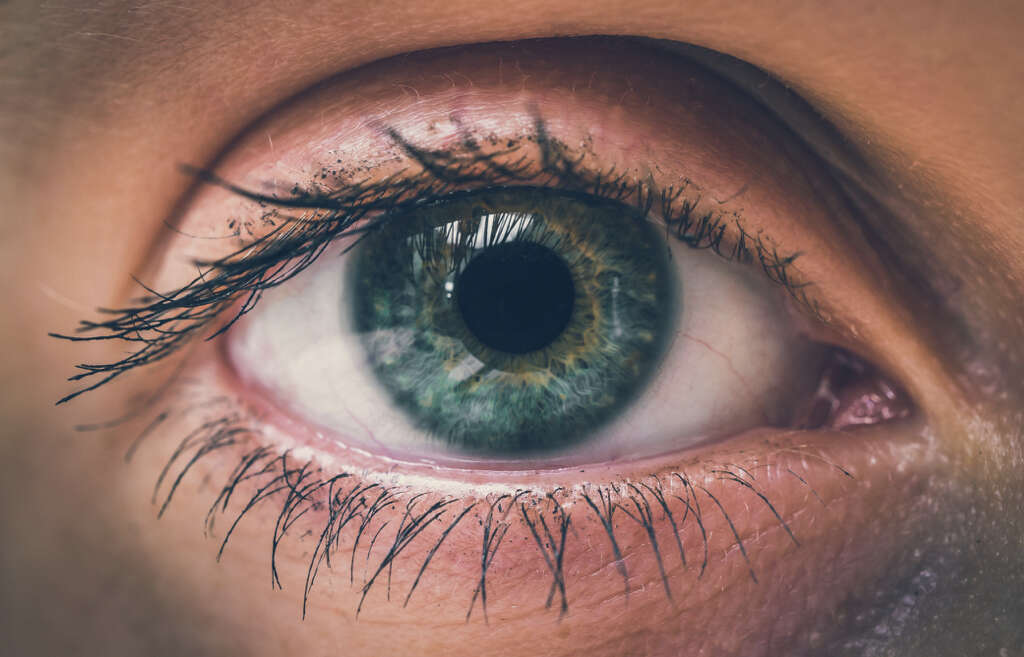
3. Senile Cataract
Senile cataract is the world’s leading cause of treatable blindness. Impairment of vision occurs due to gradual and progressive thickening of the lens. The mechanism behind the development of senile cataracts is complex. It is believed to be multifactorial and involves systemic, nutritional, genetic, and environmental factors. With age, the thickness and the weight of the lens increases resulting in a decrease in accommodation (the ability to change focus on near and distant objects).
Senile cataract can be staged clinically based on the appearance of the lens using a slit lamp. It can be classified into hypermature cataract, mature cataract, immature cataract, and incipient cataract. The rate of senile cataract rapidly increases with age.
4. Congenital Cataract
Congenital cataracts are cataracts that are diagnosed at birth. Congenital cataracts that affect one eye are generally a sporadic incident. They can be associated with abnormalities in the eye or intrauterine infections (i.e. rubella). Congenital cataracts that affect both eyes are often associated with other diseases and inherited. Infants with bilateral congenital cataracts require a full workup (genetic, infectious, systemic, and metabolic).
Common causes of bilateral congenital cataracts are trisomy (Patau, Edward, and Down syndrome), hypoglycemia (low blood sugar), infectious diseases (herpes simplex, toxoplasmosis, cytomegalovirus, rubella), and prematurity. The incidence is estimated to be 1.2 to 6 cases per 10,000 people in the United States. Infants with congenital cataracts may also have concurrent heart disease, deafness, kidney disease, and mental retardation.
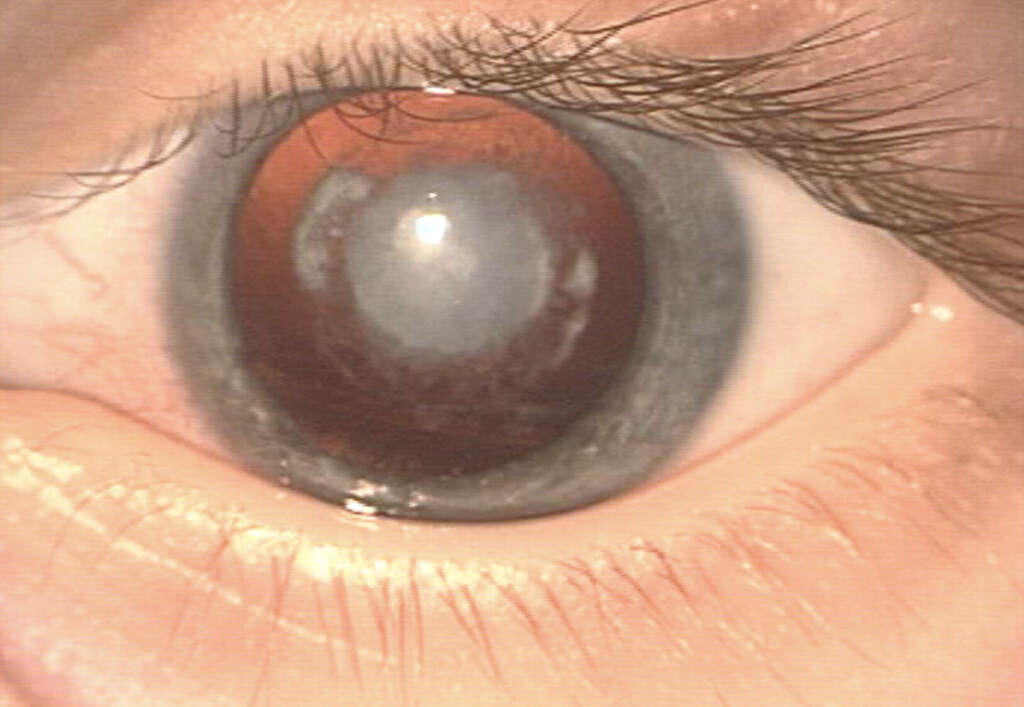
5. Causes and Risk Factors
Age is the most common cause of cataracts due to denaturation and degradation of the lens. Trauma can also cause swelling and partial or total opacification of the lens. Causes of traumatic cataracts include blunt trauma to the eye, infrared energy (i.e. cataract glass-blower’s), electric shock, and radiation. Genetics also plays a strong role in the development of cataracts (especially when associated with chromosomal anomalies).
Furthermore, factors that increase the risk of developing cataracts include aging, tobacco smoking, obesity, certain diseases (i.e. diabetes, arterial hypertension), previous ocular surgery or trauma, long-term exposure to sunlight (UV rays), prolonged use of steroids, and family history of cataracts.
6. Types
Cataracts can be classified based on the part of the lens that is affected. Nuclear cataracts are cataracts that affect the center of the lens. This often results in nearsightedness. It can also temporarily improve reading vision. As it progresses, the lens changes in color and causes cloudy vision. Cataracts affecting the edges of the lens are known as cortical cataracts.
It first affects the outer edge and progresses to the center and interferes with light transmission. Posterior subcapsular cataracts are cataracts affecting the back of the lens. It usually starts small at the back of the lens. This type of cataract often interferes with reading vision, causes halos, glares, and reduces vision when the patient is in an environment with bright lights.
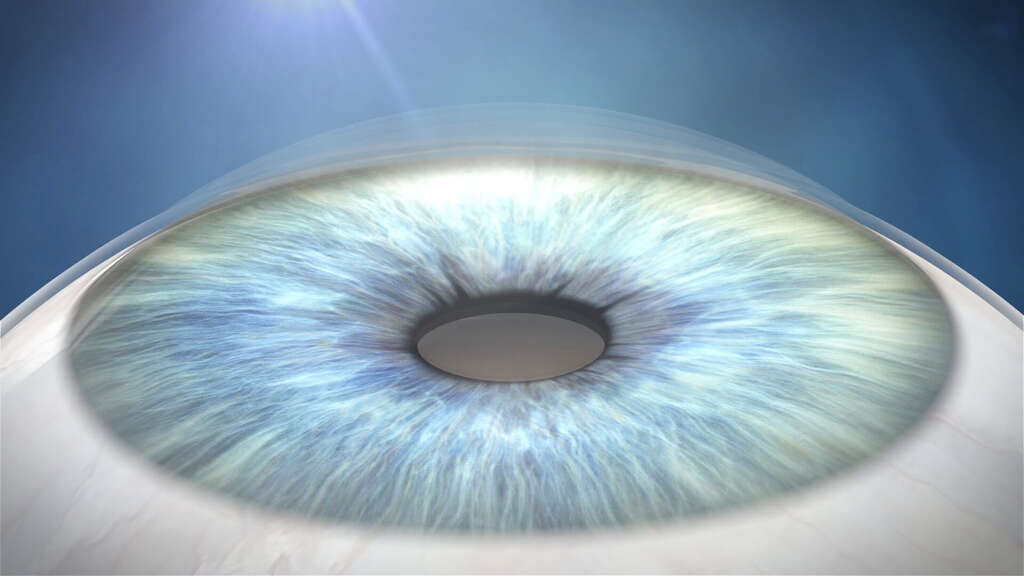
7. Diagnosis
A diagnosis can be made based on the history and physical examination of the patient. The doctor must perform thorough ocular tests to diagnose cataracts and/or rule out other conditions that can cause vision disturbances. To assess the ability of a person to discern the details of objects in their vision, a visual acuity test should be performed. A standardized chart will be used to measure the patient’s ability to read a sequence of letters that range in sizes. Additionally, a slit-lamp examination will magnify the structures of the anterior part of the eye under an intense line of light (slit), allowing the doctor to detect any abnormalities on the cornea, iris, lens, and the space between the iris and cornea. Finally, the doctor may evaluate the retina (back of the eye) in a retinal exam.
As part of the preoperative screening process, laboratory tests to detect coexisting diseases such as cardiac anomalies, hypertension, and diabetes can help to decrease surgical complications. For example, patients with low platelet levels have been found to have increased bleeding and should be managed properly before surgery. Imaging studies for the eyes such as computed tomography (CT) scan, magnetic resonance imaging (MRI) scan, and ultrasonography can be used to view the back of the eye. This helps the planning of the surgery and to determine the postoperative prognosis.
8. Treatment
Cataracts can be treated surgically. Moreover, the surgery is usually performed using local anesthesia and it is generally an outpatient procedure. Fortunately, nine out of 10 patients can achieve a corrected vision of 20/40 after surgery.
Different surgical techniques are available, but phacoemulsification is the most common cataract technique used in the developed world. In general, cataract surgery consists of removing the damaged lens and replacing it with an intraocular artificial lens. It is placed in the same position as the original lens. In specific cases, other techniques may be used, even without introducing artificial lenses.
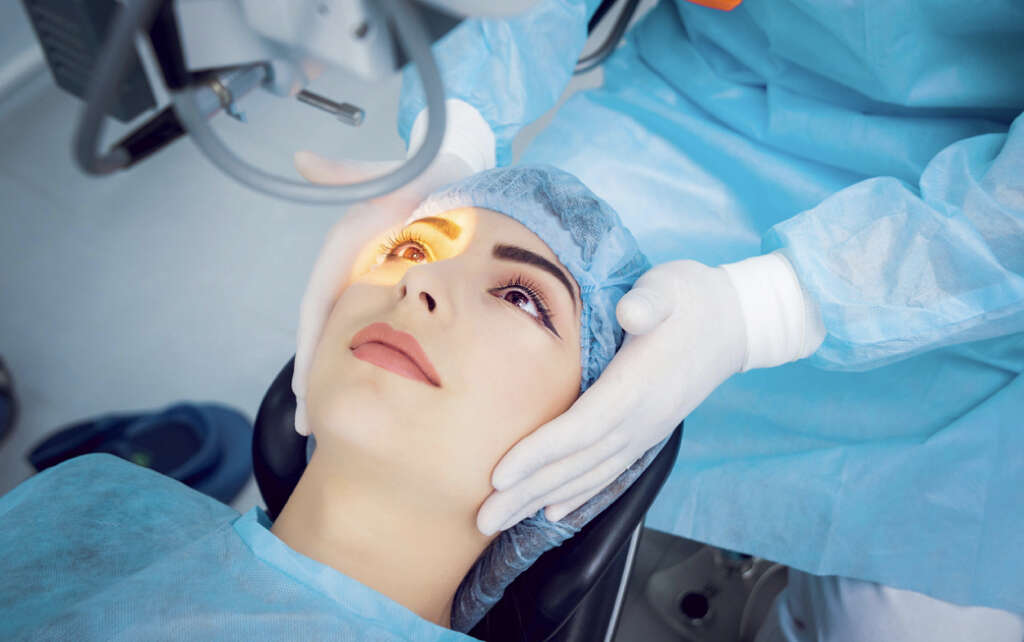
9. Postoperative Care and Prevention
The recovery period after cataract surgery is usually short with the patient being ambulatory on the day of surgery. However, patients are advised to avoid heavy lifting, straining, and to move cautiously for a month. The eye is also patched and an eye shield should be used at night for several days.
While there is no scientifically proven prevention method for senile cataracts, smoking cessation and the use of eye protection (wearing sunglasses) can help delay the development of cataracts.
10. Complications
There are several complications of cataract surgery. For example, endophthalmitis refers to the inflammation of the cavities within the eye, like the aqueous and/or vitreous humor. It is often accompanied by pain. Additionally, retinal detachment is another possible complication of cataract surgery. It refers to the separation of the retina from the layer underneath. It causes flashes of light, blurry vision, visual impairment, and floating spots.
Furthermore, excessive swelling after surgery can cause inflammation of the cornea and cystoid macular edema. This causes the patients to have a blurry and foggy vision that improves with the application of anti-inflammatory eye drops. These are more common, occurring in 1 in 100 patients. Finally, posterior capsular opacification may occur months or years after surgery due to the thickening of the posterior capsule that surrounds the implanted lens. This is a common complication and occurs in 1 in 4 patients after surgery.




